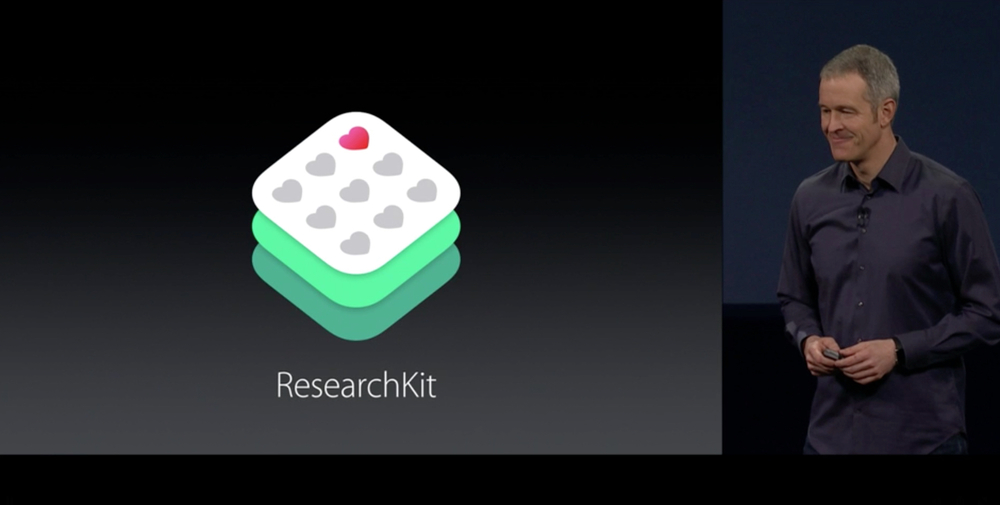
I’ve tested a number of Eyefi’s Wi-Fi SD cards in my DSLRs over the years, and the product — in terms of hardware, software, and services – just keeps getting better. Today I’m highlighting Eyefi’s new mobiPRO Wi-Fi SD card (US$99.99, on sale through March 15 for $59.99), which I find to be the most useful Eyefi card ever.
As with all of the Eyefi products over the years, the focus is on the SD card that serves not only as a standard storage device for the images and videos you shoot with your digital camera, but as a wireless connection to the world as well.
With 32 GB of Class 10 SDHC storage, the mobiPRO can carry a number of high-resolution images in JPEG or RAW formats, as well as any video shot with your digital camera. But it’s what you can do with those images and video, your iPhone, iPad or Mac, and the Eyefi Cloud Service that is really impressive.
Setup of the card has been made much more simple than in the past. Just install the Eyefi Mobi app, launch it, and enter a code number that comes with the card, and you’re ready to roll. That app also makes it simple to sign up for the Eyefi Cloud Service, a full year’s worth of service ($49.99 value) being included in the purchase of the mobiPRO card.
Once you have the app installed and set your iPhone or iPad to the mobiPRO’s Wi-Fi hotspot SSID, any photos you take are automatically sent to the app. In the app, the photos are arranged by date, time and location, and if you also have a connection to the Internet, the images are uploaded to the Eyefi Cloud.

In today’s Apple news:
- The Loop editor Jim Dalrymple (at right) took the uninformed author of a Apple Watch hit piece to task on the website and on Twitter. It was glorious.
- A new Steve Jobs biography coming out in less than two weeks provides some new insights into the late Apple founder and CEO.
- Apple releases iOS 8.3 beta 3 to its public software beta program, the first time iOS has been included in a public beta.

During Monday’s Apple event, the company announced ResearchKit, an open-source framework for developers to use in creating medical research apps. Tuesday morning, Stanford University researchers found out that over 11,000 people had signed up for a cardiovascular study that is one of the first public uses of the tool.
Interviewed by Bloomberg, medical director of Stanford University Cardiovascular Health Alan Yeung noted that “To get 10,000 people enrolled in a medical study normally, it would take a year and 50 medical centers around the country. That’s the power of the phone.”
That’s not the only success story – a team at the Icahn School of Medicine at Mount Sinai had ore than 2,500 people enroll and consent to participate in an asthma study, and the Michael J. Fox Foundation for Parkinson’s Research had well over 5,500 consenting users by Tuesday morning.
While participation in the studies is made easy through ResearchKit and the apps developed by researchers, there’s some concern that the demographics of iPhone users might sway results. Polling company CivicScience Inc. is cited in the Bloomberg article, noting that the average iPhone users is more likely to have advanced (graduate and doctoral) degrees than the average Android user, and a higher income.
However, there’s hope that by having the iPhone measure participant behavior behind the scenes, studies may become more accurate since people have a tendency to lie to researchers about their behavior. As a silent observer that’s always watching movement, exercise, or other behaviors, the iPhone can tone down the effects of false reporting.
Our take on the news: While the long-term impact on medical research won’t be known until many more studies are concluded, Apple’s development of ResearchKit is already showing positive results by bringing a larger pool of participants to existing studies.
